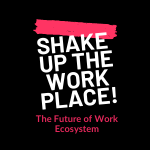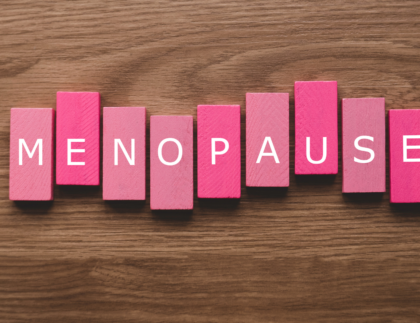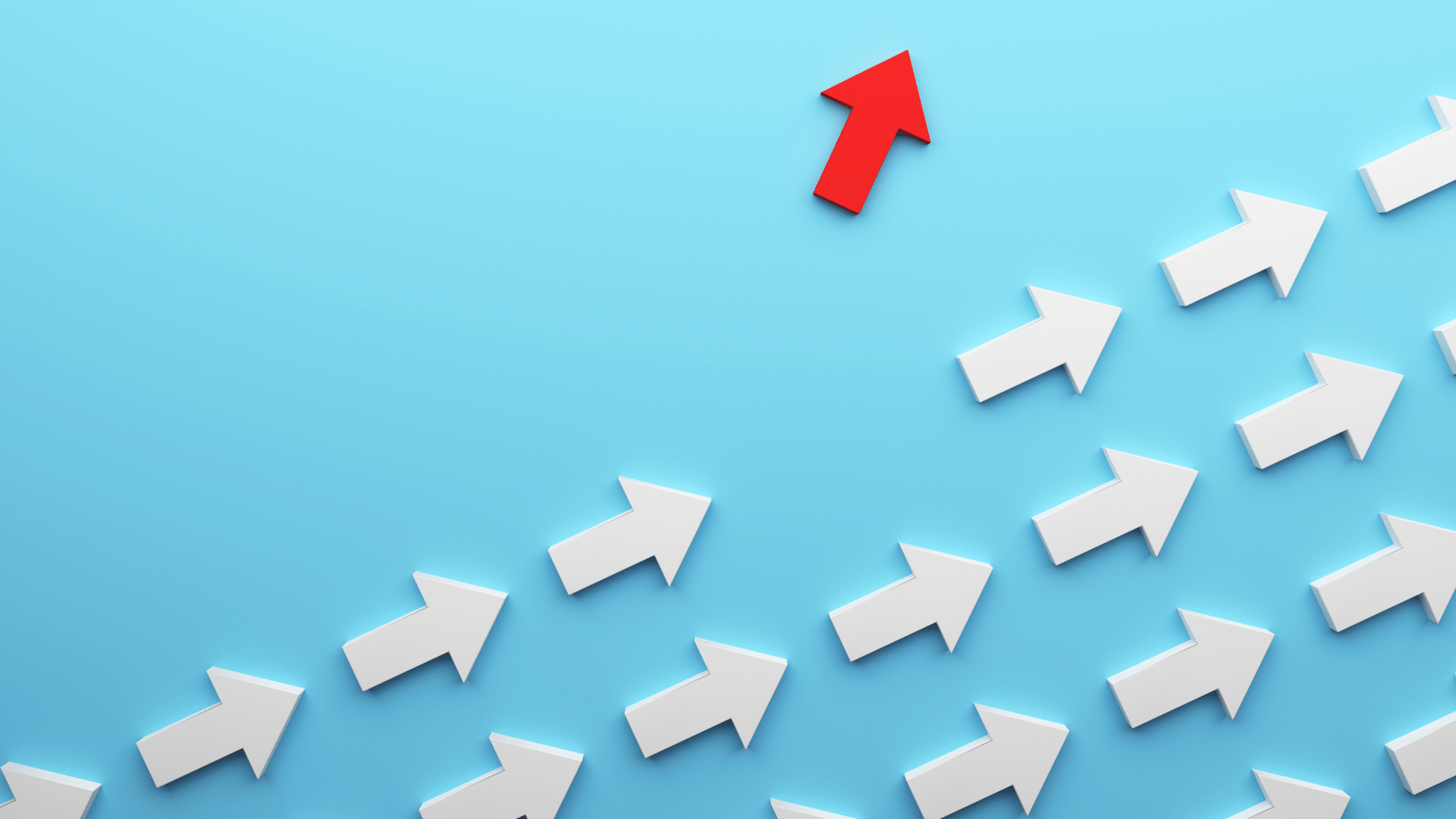
The looming mental health crisis in our workplace
I want life to be “normal” again. Normal meaning; no more lockdowns, isolation, quarantine, social distancing, masks, daily death reports, closed shops, and separation from my loved ones. And what I really want is less stress and strain about things I can’t control. And I’m not alone. The pandemic has bought an unprecedented increase in people reporting mental health issues around stress, anxiety, and depression – or COVID burnout.
While the restrictions will end, I predict that the impact of COVID burnout is going to continue for much longer than the pandemic itself. And firms need to support their people to get over COVID burnout.
Collaborative Overload
What surprised me is that productivity has not declined over the pandemic. The reasons are clear – most people are working longer. A study of 3 million workers showed that they averaged nearly an hour more a day than when they went to work at an office.
These longer hours come from an explosion of virtual meetings and emails, as Microsoft’s research shows. What used to be a 5-minute exchange at your desk is now a 30-minute full-on Zoom call. What could be a friendly banter in the kitchen is now a flurry of WhatsApp’s multi-tasking while you are on a video call (with the camera off, of course). Then add in some “forced fun” virtual coffees to suck up another hour.
Work-life boundaries are now so blurry the working day is starting earlier and finishing later. What was commuting time has become working time. There’s no reason to stop work at the end of the day to go to football practice or an after-work apéro. So many people are finding it hard to switch off and relax, leading to exhaustion.
Digital Overload
That zoom fatigue is real. Back-to-back zoom calls show high levels of stress-type brain waves. Humans are intensely social animals, so we are primed to watch body language, read facial expressions, and modify what we will say a split second based on these signals. Now the screen is a big filter cutting down the quality of these signals and requiring much more concentration. It’s mentally much more taxing and stressful.
COVID Burnout is Uneven
Add together collaborative overload and digital overload with the stress of pandemic, and some groups are barely surviving. It’s no surprise to find that working moms, new employees, singles, and Gen Z are only surviving. Working parents are struggling, with 23% of female and 13% of male parents considering leaving the workforce. Of concern, Gen Z (18-25 years old) is struggling with motivation and engagement.
By contrast, many business leaders may be thriving and therefore be well out of touch with how exhausted their people feel. Many business leaders are middle-aged men with the resources to have a larger living space, childcare and groceries delivered. They could even be thriving with more time at home, having been relieved of an intense business travel schedule.
Mental Wellbeing is not a Personal Issue
Many employers see mental health as a personal issue. But with the collective mental wellbeing of the workforce being worse than any other time in recent history, it’s now a workplace health and safety issue that’s more important than any physical injury.
Companies need to have a comprehensive mental wellbeing strategy that includes
- Regular communication about mental wellbeing to raise awareness
- Training managers to spot symptoms and encouraging people to get support
- A comprehensive range of support from mental health first aid to health care professionals
- Leaders who are openly talking and ask about mental wellbeing
- Programs that help people manage stress and wellbeing
- Reducing workplace stressors like low psychological safety, high job demands, low control, and insecurity
The pandemic has been a major eye-opener in recognizing the importance of mental wellbeing in the workplace. We will see the cumulative strain of the pandemic in lower engagement, higher absenteeism, and turnover long after the restrictions end. A COVID burnout crisis is coming down the track unless employers implement a long-term mental wellbeing strategy.

About the author: Jane Piper is an Organisational Psychologist and bestselling author of Focus in the Age of Distraction – a book looking at the impact of digital technology on our wellbeing and ways of working. She is interested in the intersection of humans and technology. She is a WeWent facilitator offering interactive training programs that help teams to focus their collective brainpower on solving the important challenges in the world today.










